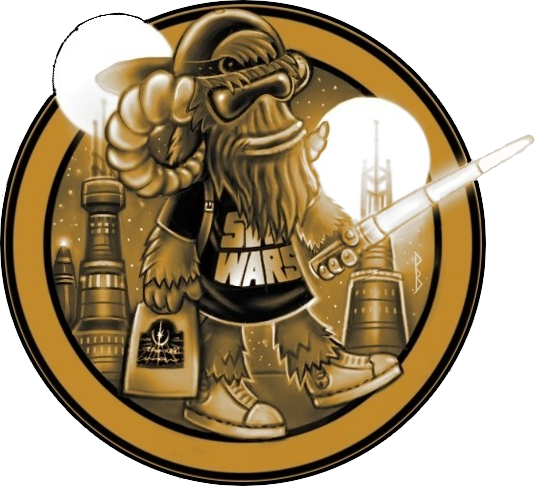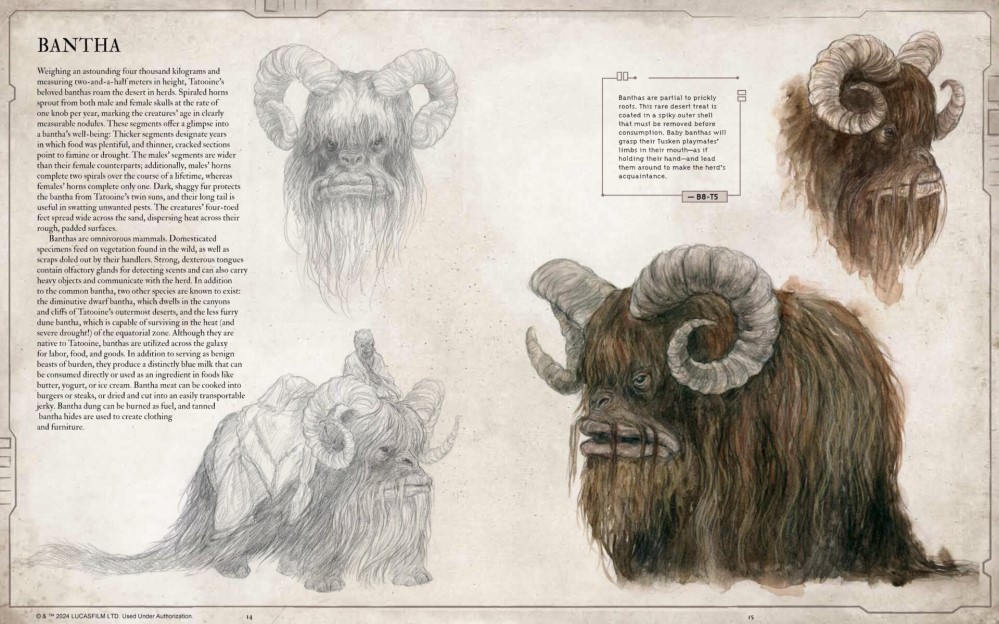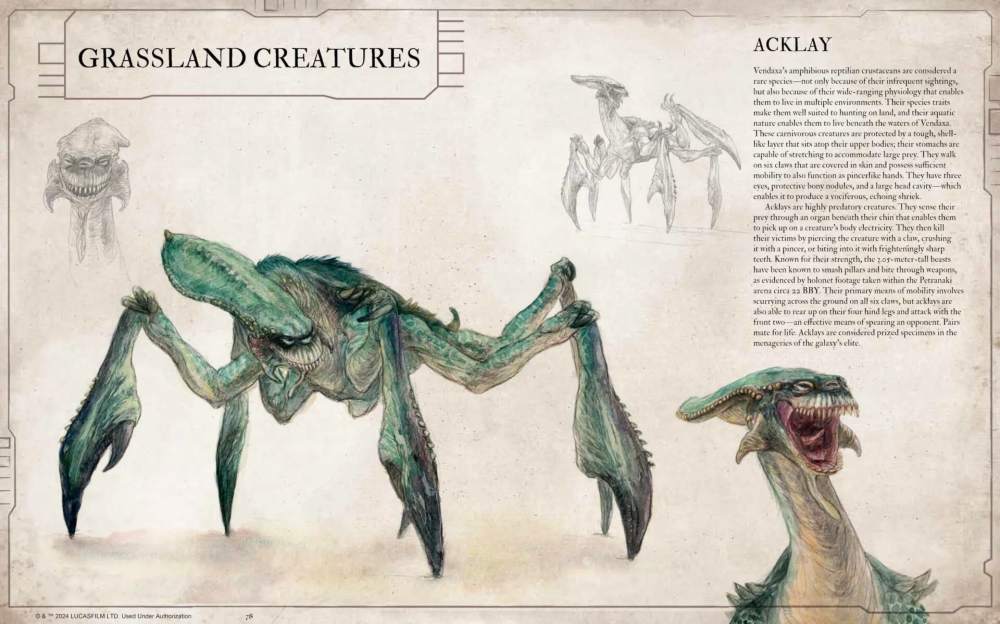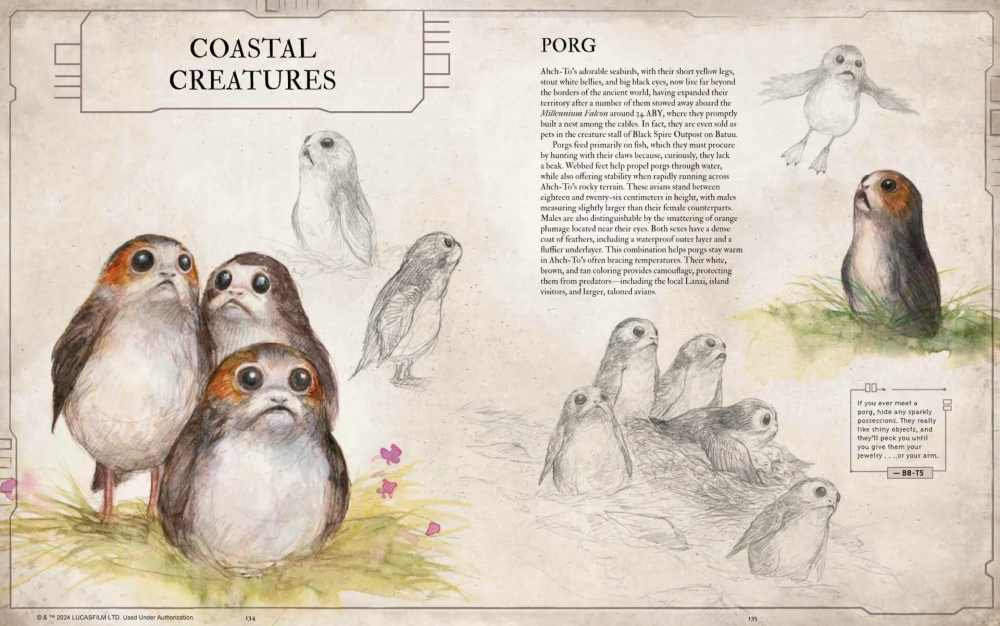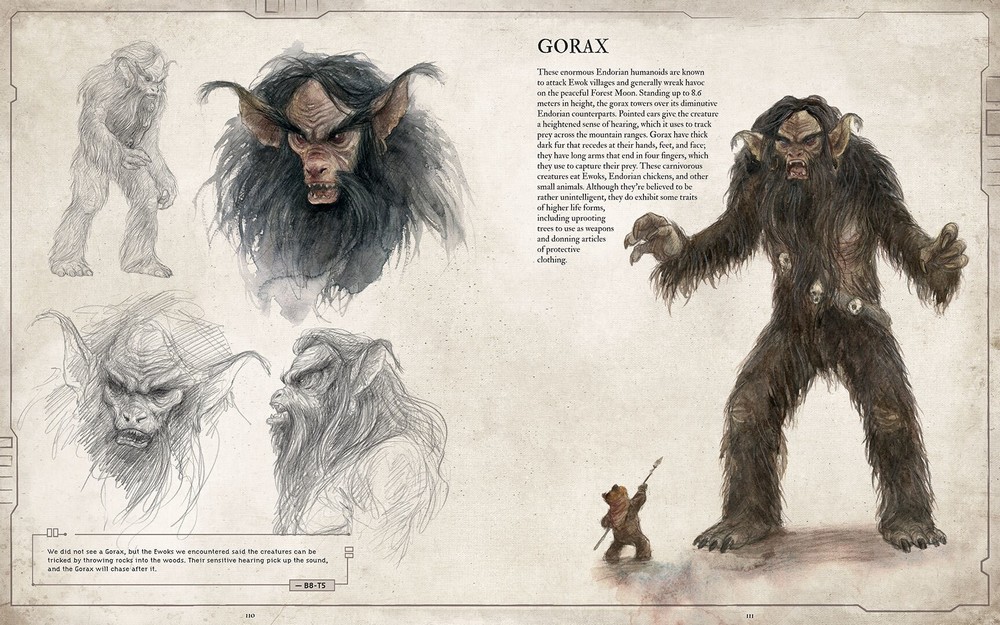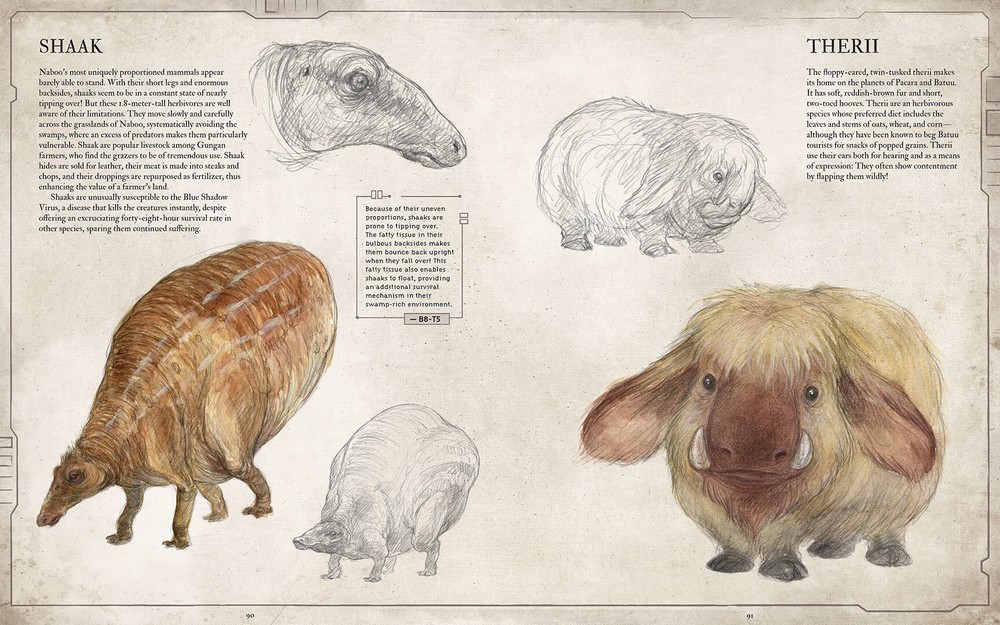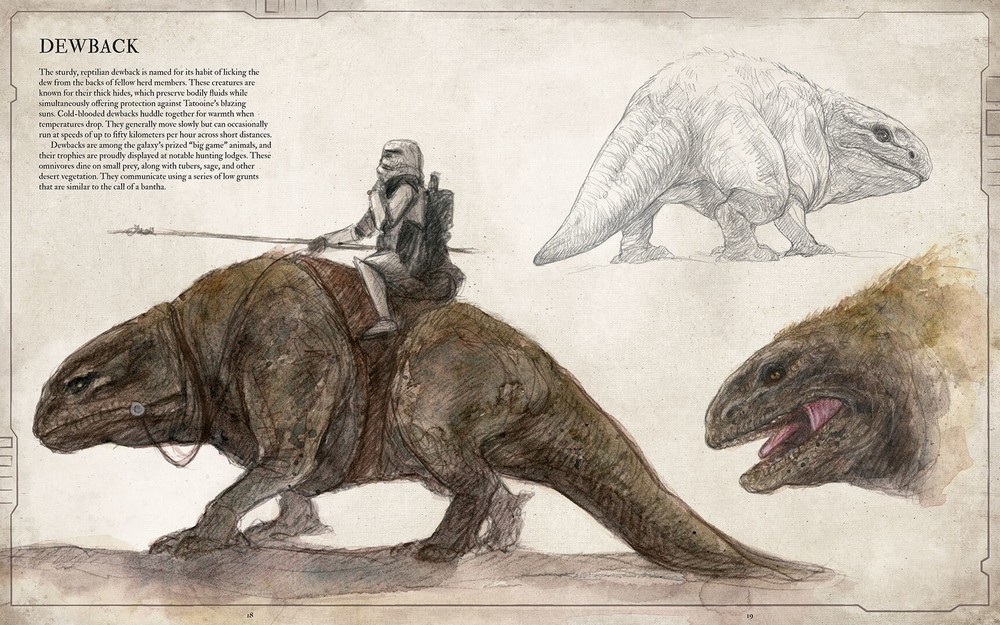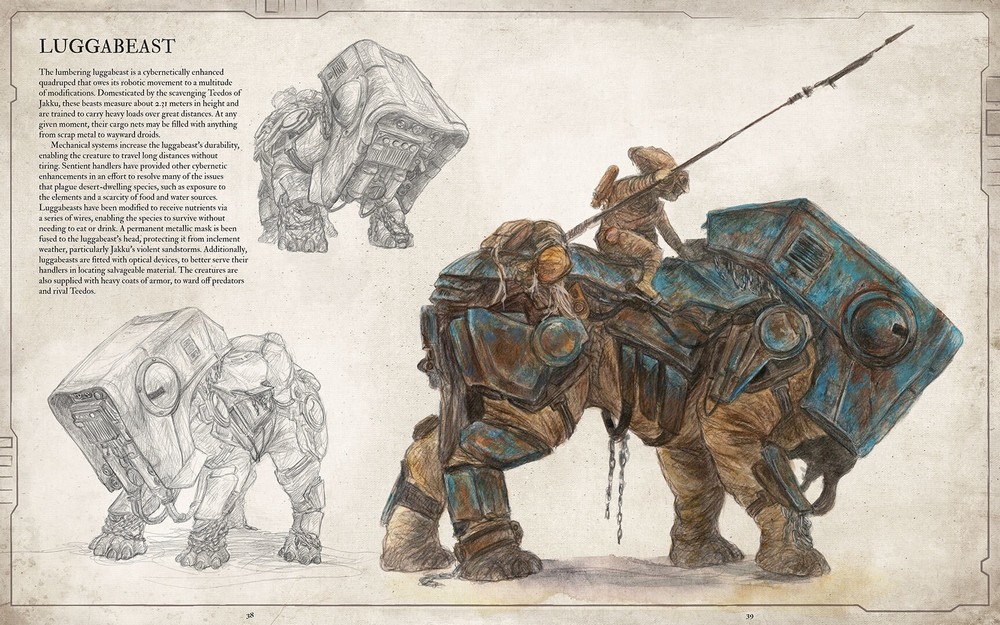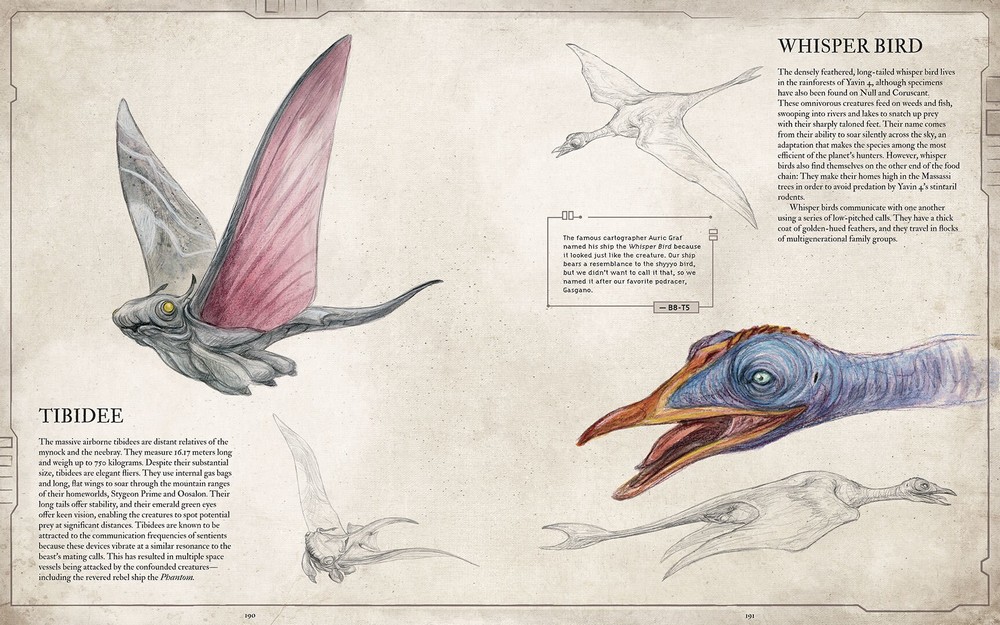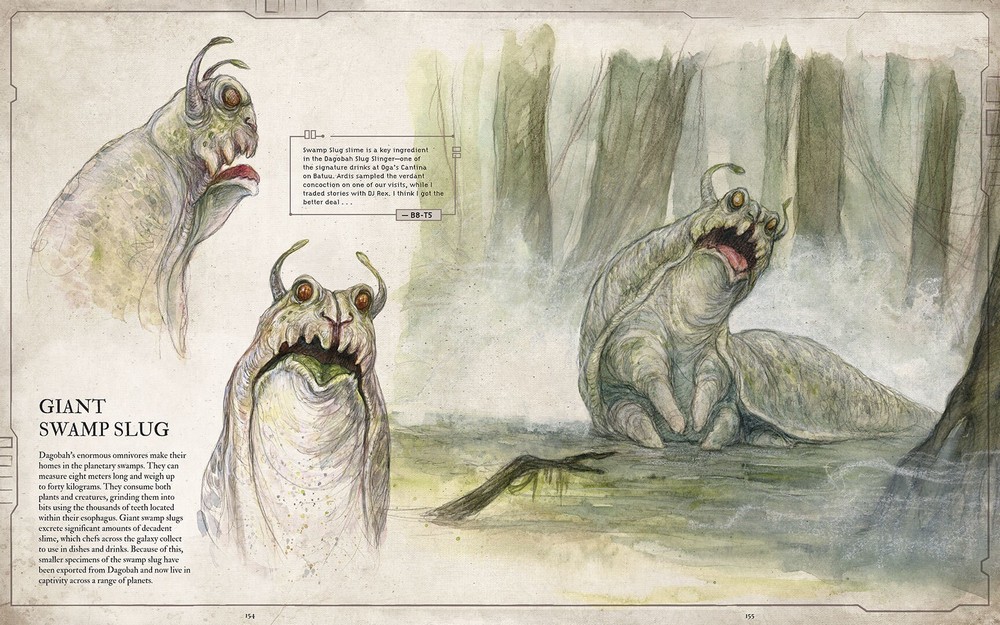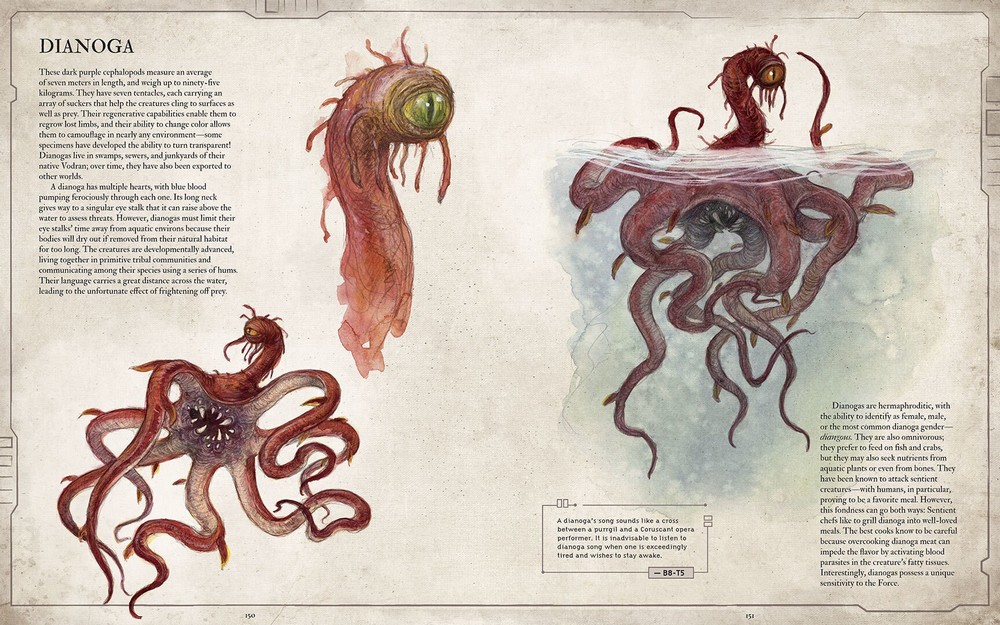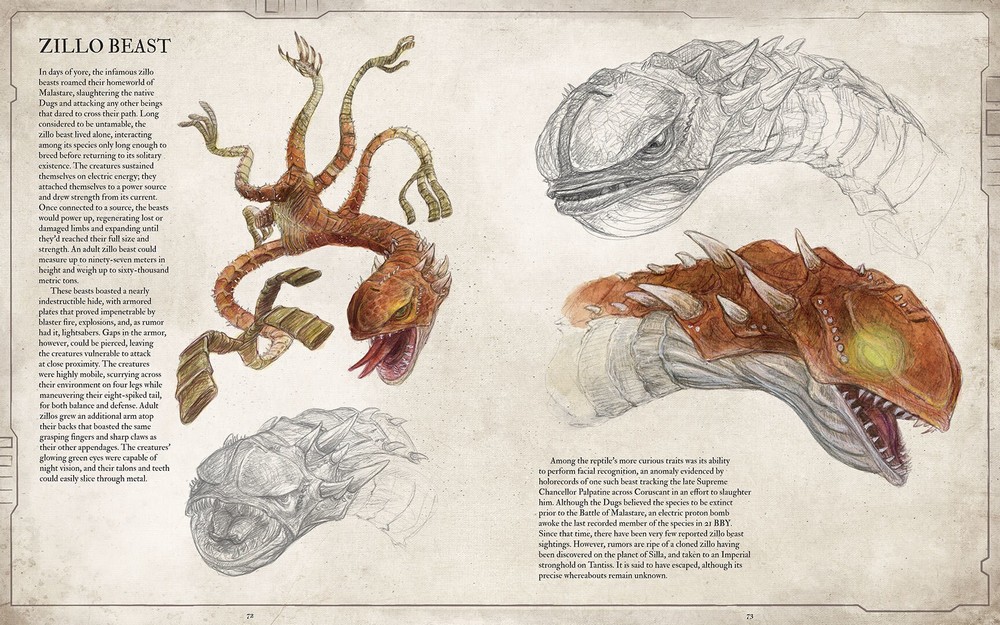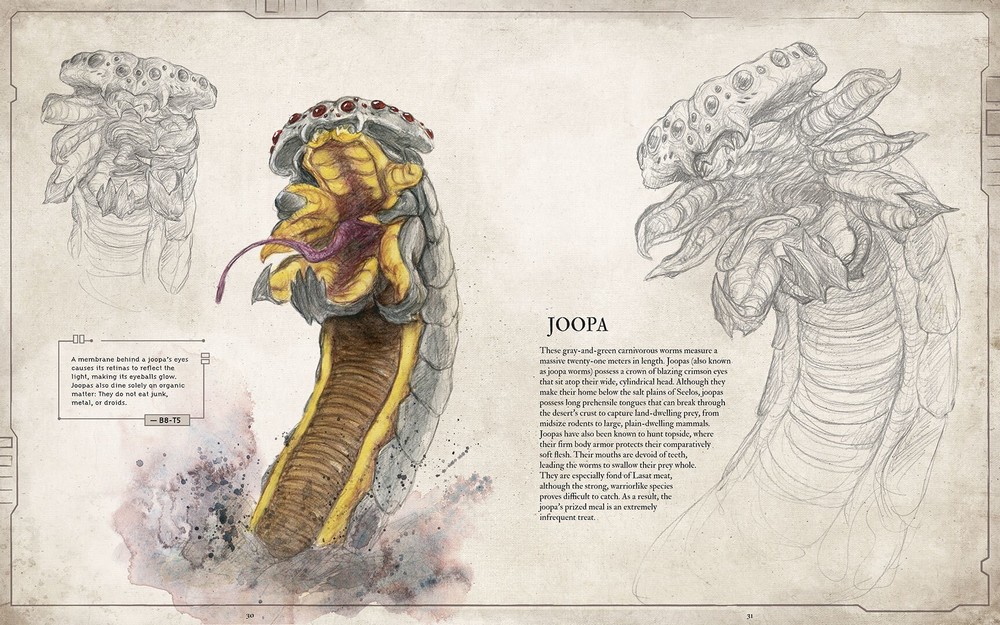Star Wars Bestiary, Vol. 1: Creatures of the Galaxy
Explore the creatures of Star Wars in the first of two books, this one featuring beautiful illustrations of the wondrous non-sentient species from a galaxy far, far away.
From Naboo to Hoth, Tatooine to Kashyyyk, and beyond, Star Wars is packed with otherworldly species and monstrous creatures. Dive into the lives, habitats, and behaviors of the non-sentient inhabitants from across the galaxy through original, detailed illustrations and insightful text, to include wampas, banthas, porgs, the fearsome Mythosaur, and so much more. This is a must-have comprehensive compendium for any Star Wars fan who wants a closer look at the fascinating lifeforms from the beloved franchise.
Author: S.T. Bende
Artist: Iris Compiet
Publication Date: 5th November 2024
Page Count: 208
ISBN: 9798886630985
First, the bad news. Star Wars Bestiary, Vol. 1: Creatures of the Galaxy is only 208 pages long, so by the time you get to the end of this gorgeous release from Insight Editions you’ll be shaking the book hoping more pages drop out. Second, the good news; this is the first volume of a two-volume set, so we can expect more delicious artwork from Iris Compiet and insightful words from S.T. Bende, which is a win for all of us as this really is in the upper echelon of Star Wars releases.
We kick off with Land Environments, the first section broken down into Deserts, Forests and Jungles, Grasslands, Mountains, Plains and Volanoes, Ice and Snow and Urban Creatures. That’s a detailed delineation between environments, and for good reason as our GSCE (Galactic Society of Creature Enthusiasts) guide and the Director of Creature Cartography Ardis San Tekka explains her goals, along with trusty droid B8-T5 (aka Bait) to record as much of the galaxy’s fauna as possible, continuing the San Tekka legacy of charting the galaxy. Ardis draws the creatures, while Bait records audio and data for later analysis, and that pairing (via Compiet and Bende) delivers this sumptuous release.
Each creature has a detailed paragraph giving a xenobiologists perspective on these creatures. It doesn’t give statistical data, but rather the kind of information you’d imagine someone watching creatures at distance through foilage or from behind an outcrop of rocks might give. Here’s a look at one of the Land Creatures and the entry for the Ronto.
These creatures are majestic saurians that stand up to 4.25 meters in height and possess a gentle nature that makes them the preferred mount of the highly skittish Jawas. Rontos can be seen across Tatooine, from Mos Espa to Mos Eisley, where they serve as the space port’s ground transport. They’ve also been spotted ferrying Jawas and their goods between trading posts, and they are considered prized specimens among the menageries of wellto-do citizens. With small eyes and relatively poor eyesight, rontos are easily startled—and are likely to throw a rider if they’re caught off guard.
Regardless, their loyal nature and ability to haul heavy objects make rontos an ideal beast of burden for Tatooine’s hardworking natives. To compensate for their compromised eyesight, rontos have developed exceptional hearing—in no small part thanks to their long pointed ears. They also possesses strong sense of smell, allowing the creatures to detect predators long before they see them. Other adaptations include facial skin flaps that can be shifted to cover a ronto’s eyes during a sandstorm and the ability to expel heat through their skin. Perhaps best know in it’s culinary form, ronto meat is often served up
We continue our creature cavalcade with looks at Water Environments, with Ocean and Sea Creatures, Subterranean Creatures, Freshwater Lakes, Rivers, and Frozen Water Creatures, Swamp and Lagoon Creatures, so we get closer looks at such creatures as the Krakavora from Aeos Prime, the Mamacore from Trask and the tentacled Rokkna from Castilon, not to mention more familiar creatures like the Opee Sea Killer, the ubiquitous Dragonsnake and the Giant Swamp Slug from Dagobah.
Air and Space Environments allows a closer look at Air and Space Creatures, so we fly with the Convor and Thranta and head into deep space with the Exogorth and the Summa-Verminoth, beautifully observed and detailed with all the wonder these incredible animals deserve, and the best part is this is only volume one, so we can look forward to another 208 page entry of this galactic menagerie in the future.
Hats off to Iris and S.T. for their wonderfully observed work, and stay tuned to Canon Fodder where we’ll be catching up with them both in early December.
Many thanks to Insight Editions for the review copy, and order your own copy by visiting Amazon.
